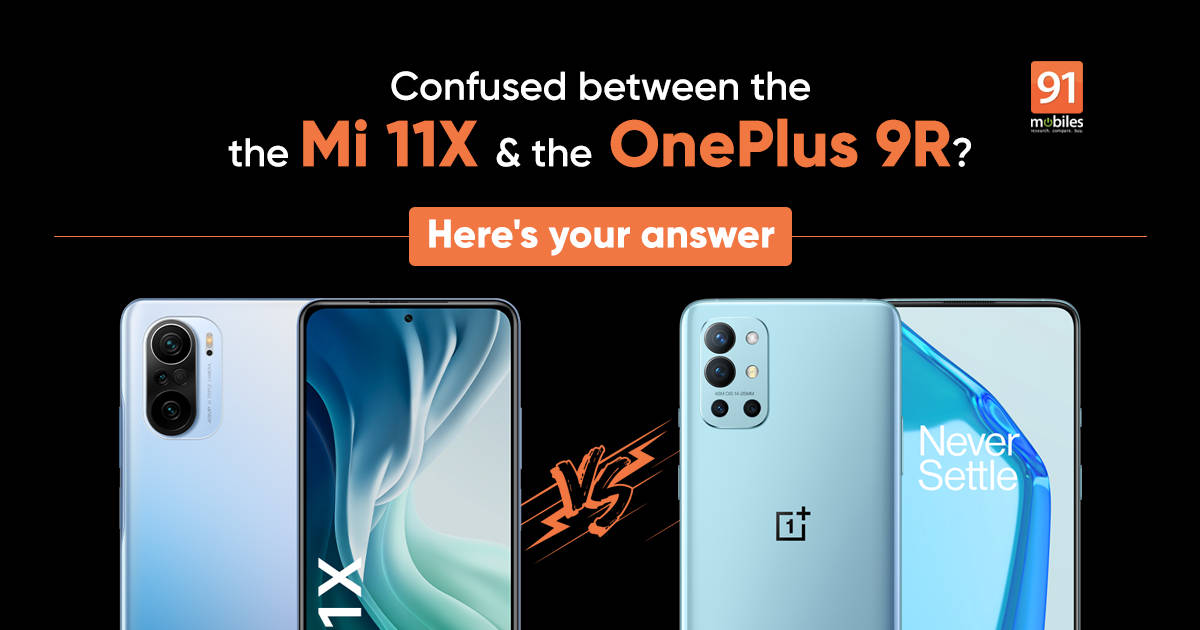
They were the devices that kind of sneaked under the radar. The least expensive of high profile series and launches. But while they might not have the specs of their more expensive siblings, they more than compensate for this by offering fantastic value for money. We are talking about the OnePlus 9R and the Xiaomi Mi 11X. Which is the one for you?
Table of Contents
Design and appearance
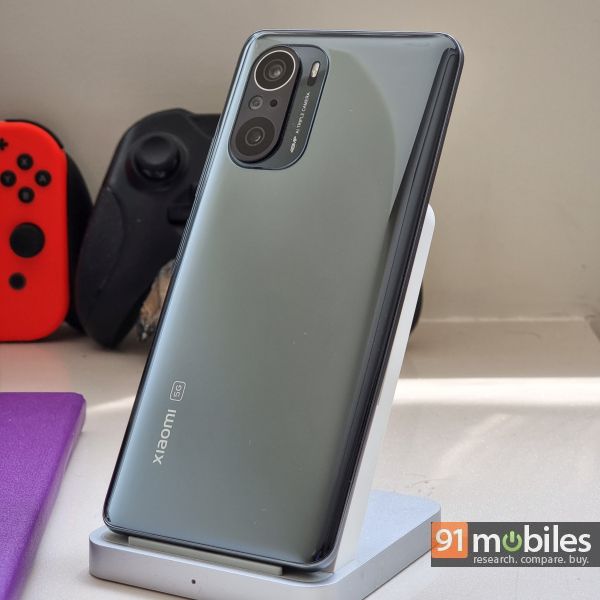
Do you like your phones large and very glossy, or a bit on the compact side and more subtle? If you like the former, go for the Mi 11X (pictured above). The latter? The OnePlus 9R (see below). Both phones come with Gorilla Glass 5 front and backs, and fronts dominated by displays, with the OnePlus having a punch hole in the top left corner, while the Mi 11X has it in the top centre. The Mi 11X has a more glossy finish on the back, and its camera unit is more attention-grabbing with its slightly step-py design. What’s more, its Celestial Silver variant changes colour in the light. 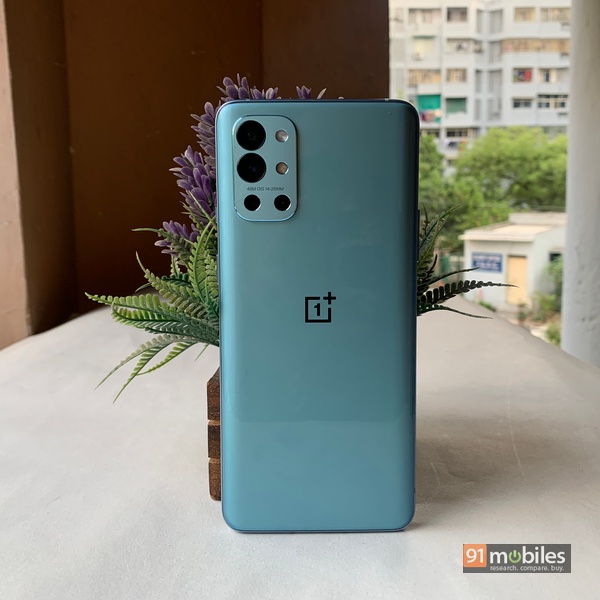
In comparison, the OnePlus 9R’s Lake Blue and Black shades are quietly classy. The OnePlus 9R is also significantly more compact – it is 160.7mm tall and 74.1mm wide as compared to the 163.7mm height and 76.4mm width of the Mi 11X, although the Mi 11X is slightly slimmer (7.8mm to 8.4mm). They are both almost the same weight 189g for the 9R and 196g for the 11X. The less smudge-prone back and Lake Blue shade win this one for the OnePlus 9R in my book. But I can see people going for the crazy Celestial Silver variant of the Mi 11X. The Mi 11X having IP53 dust and water resistance – something the OnePlus 9R does not – might also tempt some folks towards the Xiaomi product.
Winner: OnePlus 9R
Display

Both phones come with full HD+ AMOLED displays with 120Hz refresh rates. And there the similarity ends. The Mi 11X features a 6.67-inch E4 AMOLED display with the OnePlus 9R has a 6.55 Fluid AMOLED one. They are both very good in their own ways but are tuned rather differently. In default settings, I found the Mi 11X delivering more realistic colours while the OnePlus 9R leaned more towards the slightly brighter and more saturated (“punchy”) colours that many associate with AMOLED. The Mi 11X also seemed to be a slightly brighter display but the difference does not exactly leap out at you. I am going to be calling this one a tie, with those preferring realistic colours and a slightly larger display going for the Mi 11X while those who want to be dazzled a little will like the OnePlus 9R.
Winner: Tie
Processor
Another tie here. Both phones are powered by the Qualcomm Snapdragon 870 chip, which is a notch below the Snapdragon 888, but still superior to the Snapdragon 865. These are flagship chips all right, and yes both come with 5G support too, although India itself does not at the time of writing.
Winner: Tie
Memory and storage

Things are again very tight here. Neither phone has expandable memory and both have LPDDR5 RAM and UFS 3.1 storage. However, while the Mi 11X has 6GB /128GB and 8GB / 128GB RAM and storage variants, the OnePlus 9R has 8GB / 128GB and 12GB / 256GB variants. If it is more RAM and storage you seek along with that Snapdragon 870, the OnePlus 9R is the phone for you.
Winner: OnePlus 9R
Rear cameras
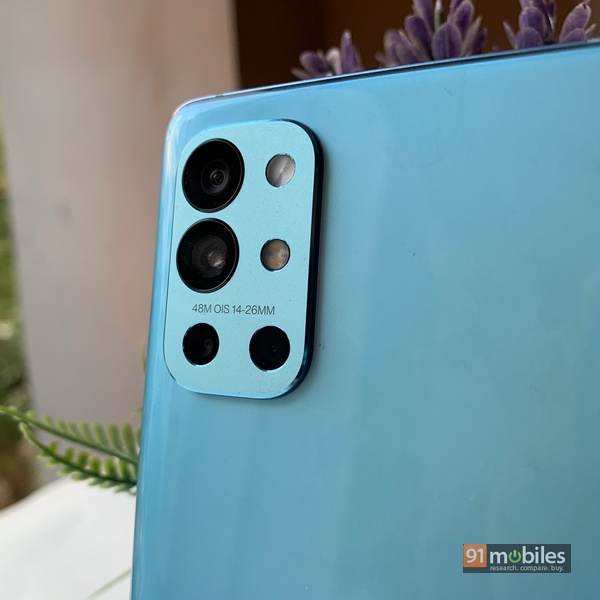
This is where it gets really interesting. The OnePlus 9R has no Hasselblad tie-up but comes with a 48-megapixel Sony IMX 586 sensor with a 16-megapixel ultrawide, a 5-megapixel macro and a 2-megapixel monochrome sensor. Against this, the Mi 11X comes with a three-camera arrangement – a 48-megapixel main sensor, an 8-megapixel ultrawide and a 5-megapixel telephoto macro sensor. In terms of results, both devices have their moments. The presence of OIS gives the 9R a slight edge in terms of videos and low-light snaps, but the Mi 11X delivered more realistic colours and its macro sensor is perhaps one of the best around. And then of course, Xiaomi’s camera app simply lets you do far more with the 11X’s cameras than you can with the OnePlus 9 out of the box. That said, the more detailed ultrawide shots from the OnePlus 9R along with its OIS edge win it the day. But this is a very close finish. In broad daylight, I can see some purists preferring the more neutral colours of the Mi 11X.
Winner: OnePlus 9R
Selfie cameras

The selfie camera has become a bit of an Achilles Heel for OnePlus (the Nord with its dual selfie cameras being a notable exception), and the 9R’s 16-megapixel front snapper follows this tradition. It is a decent one without being exceptional. The Mi 11X’s 20-megapixel selfie camera on the other hand does have a tendency to go mad with the beauty effects, but generally captures better colours and details. A win for the Mi 11X here.
Winner: Xiaomi Mi 11X
Sound
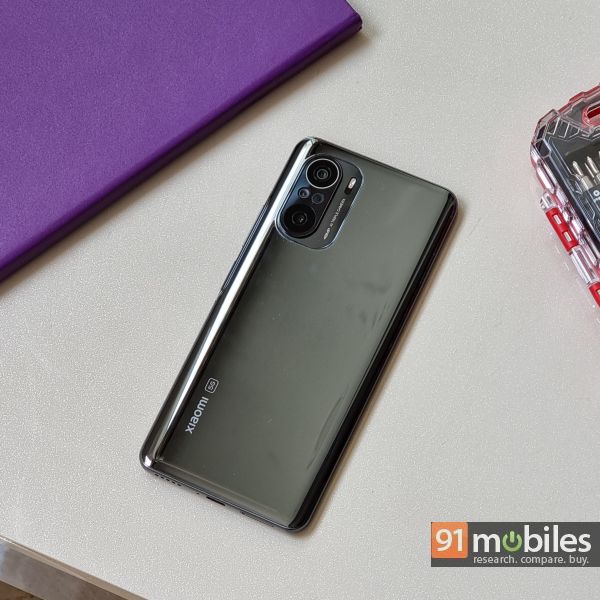
I normally do not give this a separate section, but I think this comparison warrants it. Both phones come with stereo speakers and also have support for Dolby Atmos. Neither has a 3.5 mm audio jack, though. They both sound very good, but I think the Mi 11X has a slight edge in terms of quality and volume, both over speakers and headphones. The difference is not a major one, but it exists.
Winner: Xiaomi Mi 11X
Gaming and multimedia
With a similar processor driving them, both phones are neck and neck in gaming. The OnePlus 9R does have a higher RAM variant but frankly, I do not think it makes THAT much of a difference for gaming right now, although it does make it potentially more powerful. The Mi 11X however counters that with a slightly larger display and better sound. Honestly, I could not tell the difference in a major manner here, so am calling this one a tie too.
Winner: Tie
Software and UI

This is a total clash of cultures. Both phones run Android 11, but while the OnePlus 9R comes with the relatively uncluttered Oxygen OS, the Mi 11X comes with the more feature-rich MIUI 12. Which is better depends on your needs. Some might prefer the simpler interface of the OnePlus 9R, but then all the bells and whistles of MIUI let you do more with the Mi 11X, and this is especially evident in the case of apps like the camera and the gallery, where the editing and shooting options are far more. It is really a matter of choice here. OnePlus does have a great software update record but Xiaomi has been doing very well of late too. This would have been unimaginable a couple of years ago but this round is a tie – OnePlus needs to do a bit more with its UI, really.
Winner: Tie
General performance and multitasking

This again turns into a very close run affair, thanks to the similar processors. Both phones are very adept at juggling tasks and can run multiple apps without any problems. In regular day to day usage, some would prefer the more compact frame of the OnePlus 9R, but then there are folks who love larger displays and the fingerprint scanner on the side on the Mi 11X does work faster than the in-display one on the OnePlus 9R. Call quality is very similar too. And while some will love the Alert Slider on the OnePlus 9R that lets you switch between Silent, Vibrate and Ring modes easily, others will appreciate the Mi 11X’s infrared port that lets them convert the phone into a remote of sorts for a number of devices. Another tie? Yes.
Winner: Tie
Battery
The Mi 11X comes with a marginally larger battery – 4,520mAh as against 4,500mAh on the OnePlus 9R. And both by and large see of a day of heavy usage. The difference, however, is in terms of the charger. Yes, the Mi 11X comes with a 33W fast charger that can charge the phone in under an hour, but the 65W Dash Charger with the OnePlus 9R tops it up in about forty five minutes. I honestly was expecting a much greater difference in the charging times of the two devices given the difference in wattage, but the OnePlus 9R still wins this one.
Winner: OnePlus 9R
Price

This is perhaps the most clearcut round of a contest marked by ties and close calls. If money is really tight, then this is a total no-brainer. They might be the most affordable devices in their respective series, but the price gap between the Mi 11X and the OnePlus 9R is a significant one. The Mi 11X starts at Rs 29,999 for a 6GB / 128GB variant and also has a 8GB / 128GB variant at Rs 31,999. The OnePlus 9R starts with an 8GB /128GB variant at Rs 39,999, although it does have a 12GB / 256GB variant at Rs 43,999. It is a clear win for the Xiaomi phone if you are looking to minimise expenditure.
Winner: Mi 11X
Verdict
So which of the two should you go for? It is a real clash of cultures in my book, and choosing between them would give Solomon a headache. Both phones tie with each other on display, processor, gaming, general performance and UI – if that does not tell you how closely they are matched, nothing will.

The OnePlus 9R is likely to appeal to those who want a slightly more compact device with a classy design and less cluttered software, in best OnePlus tradition. The Mi 11X on the other hand, is a typical Xiaomi device, hitting you with stacks of features at a surprisingly affordable price tag. If money is tight, the decision is a simple one, as the Mi 11X is a far more affordable device. However, bring design and UI into play and I can see people liking the OnePlus 9R.

Left to me, I would say that its substantial price edge gives the Mi 11X a big edge in my book, though some will point to its not having a 12GB / 256GB variant at all (and that can be a factor given that neither phone has expandable memory). All said and done, both are great phones and you are unlikely to regret choosing either. It just boils down to what you prioritise and consider important.




![[Update] OnePlus mistakenly announces Google Gemini Ultra AI coming to its phones later this year Thumbnail](https://www.91-cdn.com/hub/wp-content/uploads/2024/04/OnePlus-AI.jpg?tr=h-110,q-100,pr-true)







